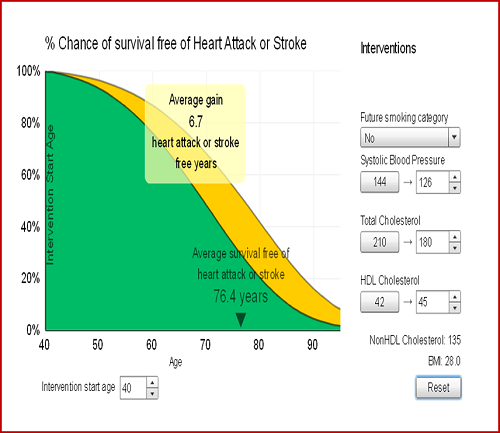Cardiovascular & Metabolic Diseases:
Cardiovascular Risk Reduction

The Global Burden of Disease study estimate of age-standardized cardiovascular death (CVD) rate of 272 per 100 000 population in India is higher than the global average of 235 per 100000 population. Diabetes, hypertension and dyslipidemia are the major modifiable risk factors of CVD. The prevalence of diabetes is reported to be 15%, hypertension 28% and dyslipidemia 79%. Co-existence of hypertension in patients with diabetes is reported to be 59.5% and dyslipidemia 50%, while the prevalence of hypertension and dyslipidemia among patients with diabetes is approximately 51% and 61%.
Currently individual cardiovascular risk factors i.e. diabetes, hypertension and dyslipidemia are managed individually and lower the cardiovascular risk up to 20%–30%, however, substantial residual risk still persists with clinical and economic consequences. CV risk factors tend to occur as a cluster and the relationship between the CV risk factors is synergistic. Treatment guidelines have recognized that multifactorial treatment approach is required to address all risk factors and recommend to use all risk assessment charts to tailor each patient’s risk profile.2 This has resulted in a shift from management based solely on single risk factor, towards managing a patient’s total CV risk.
Our approach is based on total risk management by simultaneously improving the key risk factors i.e. dyslipidemia, diabetes and hypertension. Besides, a lifetime approach to CV risk is important since both CV risk and prevention are dynamic and continuous as patients age and/or accumulate co-morbidities. Hence, a CV risk score which will predict lifetime risk based on reduction in multiple risk factors i.e., blood pressure and non-HDL while also accounting for predicted risk in the context of competing risks from other diseases over the remaining expected lifespan will help in identifying high-risk individuals both in the short and long term and treating them.
